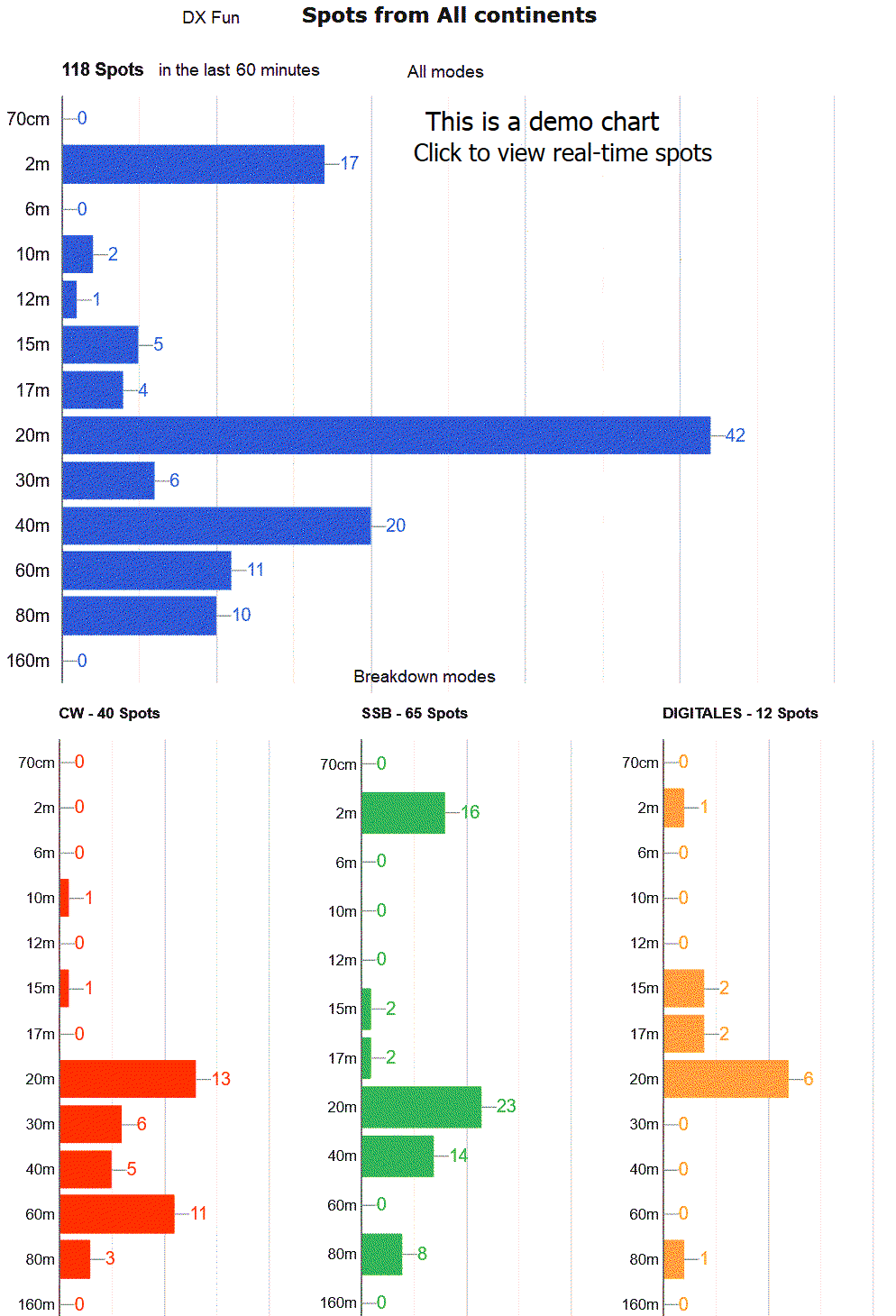
 What are DX clusters and spots?
What are DX clusters and spots?
DX Cluster Overview
DX Clusters are global networks that aggregate and share ham radio activity. DX spots help radio amateurs by providing real-time information about active radio stations, making it easier to locate and contact distant stations. This shared data enhances communication planning and increases the chances of successful long-distance contacts.
It’s a useful tool, but not always perfect—local variables often can still affect signals.

Figure 1: An illustration of DX Clusters by DALL-E AI image generator
Ham Radio DX Cluster
In amateur radio, DX clusters serve as online networks where ham operators exchange real-time information about active radio stations, especially those involved in long-distance (DX) contacts. These clusters operate as crowd-sourced information hubs, enabling users to report stations they've heard or contacted and view updates from others across the network. This shared data allows DX chasers to locate rare or special event stations more efficiently, without constantly scanning the bands.
Spotting (DX Spots)
When a radio operator makes a contact and shares that information on the DX cluster, it's called spotting.
DX Propagation Analysis
By analyzing DX spots and reports of stations heard on the cluster, operators can gain insights into propagation conditions, including band openings and closures, signal strength, and path characteristics. This analysis allows for more effective communication planning and participation in long-distance (DX) contacts.
For example, visit DXFun—"Spots from All Continents"—to explore ham-band activity in your region and compare it with global trends across 13 bands spanning 1.8 to 440 MHz (160 meters to 70 centimeters). You can also view a breakdown by continent and operating mode.

Figure 2: A demo: Real-time Ham Band Active Spots
from all continents; all modes and breakdown of modes (CW, SSB, and digital)
Click on the above chart to view real-time data courtesy DXFun, by EC4DX-Javier, EA3EXV-Gerard, EB5IPG-Luis.
History of DX Clusters
The concept of the DX Cluster emerged in the early days of amateur radio, fueled by the desire of operators to track and share information about distant stations, or “DX” (short for “distance”). Before the advent of the internet, DX Clusters were typically bulletin board systems (BBS) where operators could post messages about DX stations they had heard or worked. These primitive clusters laid the foundation for the advanced networks we have today.
Key Uses and Benefits
At its core, a DX Cluster is a network that aggregates real-time data about DX stations, including their call signs, frequencies, modes, and signal reports. This information is invaluable for DXers seeking to make contacts with rare or distant stations. Here are some key uses and benefits of DX Clusters:
- Spotting DX Stations: DX Clusters allow operators to “spot” DX stations they hear, making it easier for others to tune in and attempt contacts.
- Real-Time Information: Operators can stay informed about the latest DX activity, including band openings, special event stations, and rare DXpeditions, enhancing their chances of making successful contacts.
- Community Engagement: DX Clusters foster a sense of community among amateur radio enthusiasts, facilitating communication, collaboration, and camaraderie.
- QSLing and Awards: DXers use DX Cluster data to track their contacts and pursue awards such as DXCC (DX Century Club) and WAS (Worked All States).
DX Cluster Impact on DXing
DX Cluster platforms have transformed how operators discover DX stations—streamlining the process and opening it up to a wider community. By providing real-time access to valuable DX data, these platforms empower operators across the skill spectrum to engage more fully in the pursuit of long-distance contacts.
Summary
DX clusters worldwide are linked via the internet, allowing data provided to them to be routed globally. A "spot" contains information such as the call, frequency, mode, time, and submitter. Local DX clusters employ web browsers or telnet, while software filters can filter important locations. Search functions can also be used to check previous spot data, discover rare DX stations, and determine their activity times and frequencies.
References: DX Clusters and Ham Activity Charts